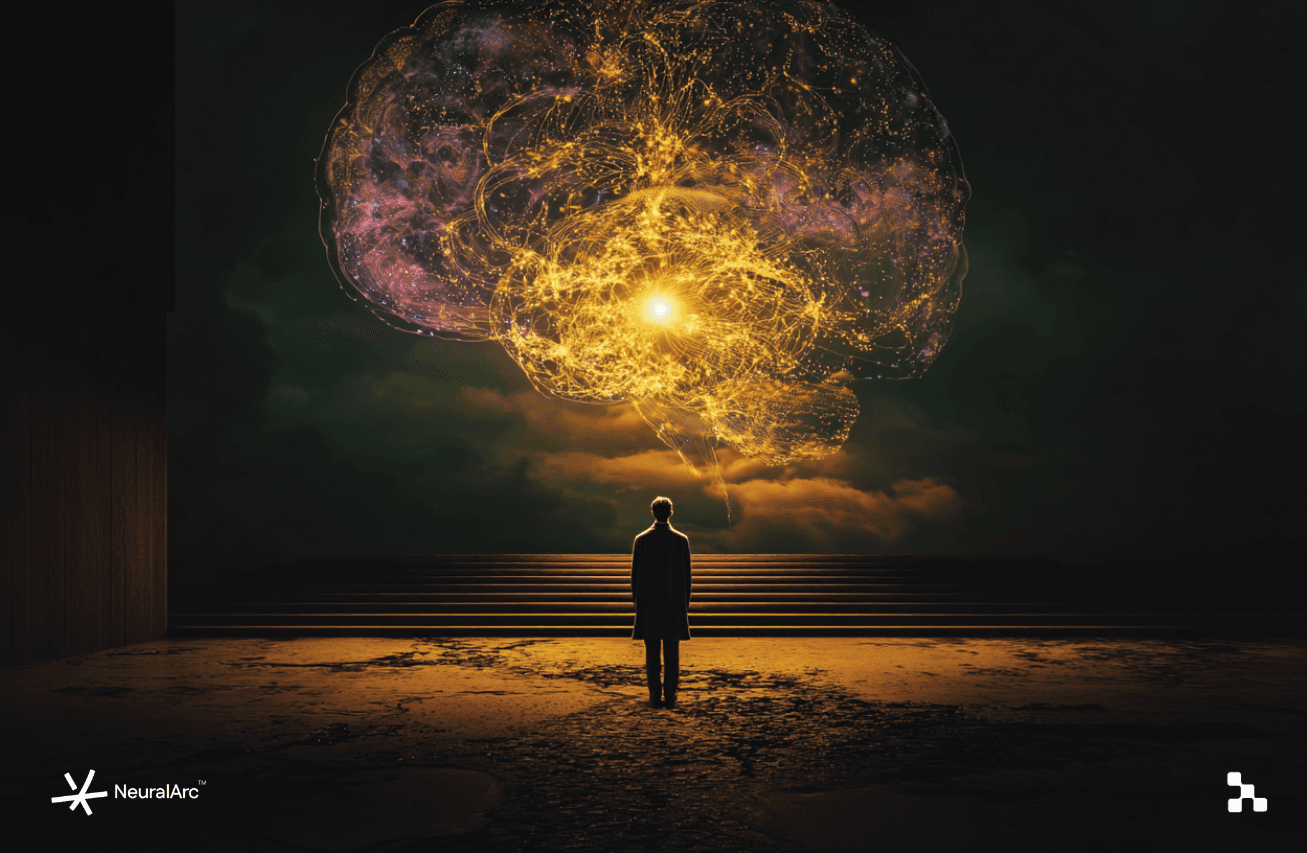The relentless march of artificial intelligence is transforming our world, and with it, our very understanding of intelligence itself. We've moved beyond simple automation and into an era where machines can learn, adapt, and even exhibit creativity. This evolution, from basic algorithms to sophisticated models that mimic human cognition, raises profound questions about the nature of intelligence and its potential future.
The Algorithmic Dawn: Rule-Based Systems and Early AI
Early AI systems were largely rule-based. Programmers painstakingly crafted sets of instructions that dictated how a computer should respond to specific inputs. Think of early chess-playing programs: they followed a complex, yet predetermined, set of rules to evaluate possible moves and select the optimal one. These systems were impressive in their ability to perform specific tasks, but they lacked the flexibility and adaptability of human intelligence.
The limitations of rule-based systems became apparent as researchers attempted to tackle more complex problems, such as natural language processing and image recognition. The sheer number of rules required to account for the nuances of human language and the variations in visual data proved overwhelming. A new approach was needed.
The Rise of Machine Learning: A Paradigm Shift
Machine learning marked a pivotal shift in the evolution of AI. Instead of relying on explicitly programmed rules, machine learning algorithms learn patterns from data. By exposing these algorithms to vast datasets, they can identify relationships and make predictions without being explicitly told what to look for. This approach has proven incredibly powerful, enabling AI systems to achieve human-level performance in tasks such as image recognition and speech recognition.
One of the most significant advancements in machine learning is deep learning, which utilizes artificial neural networks with multiple layers to extract complex features from data. Deep learning has revolutionized fields such as computer vision, natural language processing, and robotics. This is thanks to the ability to learn intricate representations from raw data, allowing AI systems to solve problems previously considered intractable.
Beyond Logic: Towards Reasoning and Creativity
As AI systems become more sophisticated, they are beginning to exhibit abilities that go beyond simple pattern recognition. They can reason, solve problems, and even generate creative content. This raises the question: are we on the path to creating truly intelligent machines?
Reasoning and Problem-Solving
AI systems are increasingly being used to solve complex problems in various domains, from medical diagnosis to financial analysis. These systems use a variety of techniques, such as knowledge representation, inference, and search, to reason about the world and make informed decisions. For example, AI-powered diagnostic tools can analyze medical images and patient data to identify potential health risks, often with greater accuracy and speed than human doctors. This kind of tool has the potential to revolutionize healthcare, making it more efficient, effective, and accessible.
One common example is the use of AI in fraud detection, where systems can analyze transaction patterns to identify suspicious activity and prevent fraudulent transactions. These systems continuously learn from new data, adapting to evolving fraud techniques and staying one step ahead of criminals.
The Emergence of AI Creativity
Perhaps the most surprising development in recent years has been the emergence of AI systems capable of generating creative content. From composing music to writing poetry to creating artwork, AI is demonstrating a remarkable capacity for creativity. This challenges our traditional notions of creativity as a uniquely human trait. This does not mean AI is creative in the same way as humans - it uses algorithms and data to create art. AI creativity is not a threat, but rather a tool for humans to use to fuel their own creative processes.
- AI music composition
- AI art generation
- AI assisted writing
The Future of Intelligence: Collaboration and Consciousness?
The evolution of intelligence is far from over. As AI continues to advance, we can expect to see even more sophisticated systems that blur the lines between human and machine intelligence. This raises important ethical and societal questions that we must address as a society. What is the role of AI in the future workforce? How can we ensure that AI is used for the benefit of all humanity? These are the questions we must answer.
Ultimately, the future of intelligence is likely to be one of collaboration, where humans and machines work together to solve complex problems and achieve common goals. By combining our unique strengths – human creativity, empathy, and critical thinking with the analytical power and scalability of AI – we can unlock new possibilities and create a better future for all.
The path forward involves ethical considerations and responsible development. We must ensure that AI systems are aligned with human values and that they are used to promote fairness, transparency, and accountability. The journey from algorithms to awareness is a complex and multifaceted one, but it is one that holds immense potential for transforming our world. The key is to embrace the potential of AI while mitigating its risks. The evolution is rapid, and our awareness should match its pace.
The question of consciousness remains a significant one. While current AI systems can mimic certain aspects of human cognition, they lack the subjective experience and self-awareness that define consciousness. Whether AI will ever truly become conscious is a matter of debate, but it is a question that will undoubtedly continue to be explored as AI evolves.
As we continue to develop and refine AI, we should strive to create systems that augment human capabilities and allow us to reach new heights of innovation and understanding. It is not about replacing humanity, but rather about enhancing it.
